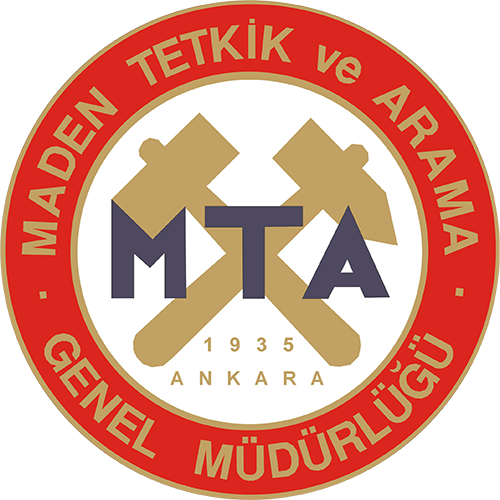Details
The relationship between seismic quality factor and peak ground acceleration, a case study: M=4.3, 17.01.2015 Eskişehir Earthquake
Sismik kalite faktörü ile maksimum yer ivmesi arasındaki ilişki, arazi çalışması: M=4.3, 17.01.2015 Eskişehir Depremi
Authors
Muammer TÜNKeywords
Quality Seismic Factor, EstuNet Seismic Network, Strong Ground Motion, Peak Ground Acceleration, Eskişehir Graben.Abstract
Seismic wave propagation in subsurface media endures from absorption, which can be evaluated by the seismic quality factor Q (Q-factor). Absorption is frequency-dependent. Lower frequencies are absorbed less, while higher frequencies are absorbed more. Therefore, the Q Factor should be determined in the frequency domain. Q-factor is determined by the slope of the natural logarithm of the output-input signals ratio. Surface waves (Rayleigh and Love waves) are particularly important, as they are the more destructive phases of an earthquake. This study was, focused on the Q-factor computation of the surface waves and demonstrated that the determination of the Q-factor is not affected from the dispersive properties of the surface waves. Data were obtained from surface wave signals of earthquake recorded at Eskişehir Technical University Seismic Network - EstuNet. The obtained Q-factor values represent the average values of the rocks that the waves cross between the input and output stations. Finally, the Q-factor map to the Peak Ground Acceleration (PGA) map using the M=4.3, 17.01.2015 Eskişehir earthquake data was compared. These records show the arrival time of the earthquake from the epicenter to the stations of the seismic waves, and the peak ground acceleration values. In this study, local site effects of EstuNet accelerometric stations have been calculated by using the Standard Spectral Ratio (SSR) method. It is concluded that an inverse relationship exists between the computed Q-factor and measured PGA values. Therefore, the sites where the Q factor is very low should be analyzed in more detail in ground-based earthquake risk assessments.
https://doi.org/10.19111/bulletinofmre.841785
Click for .pdf Türkçe .pdf için tıklayınız
